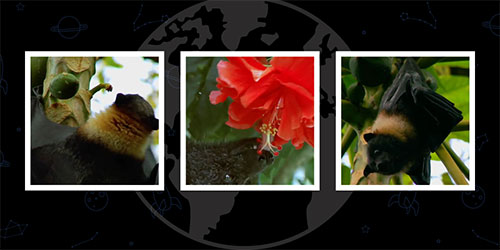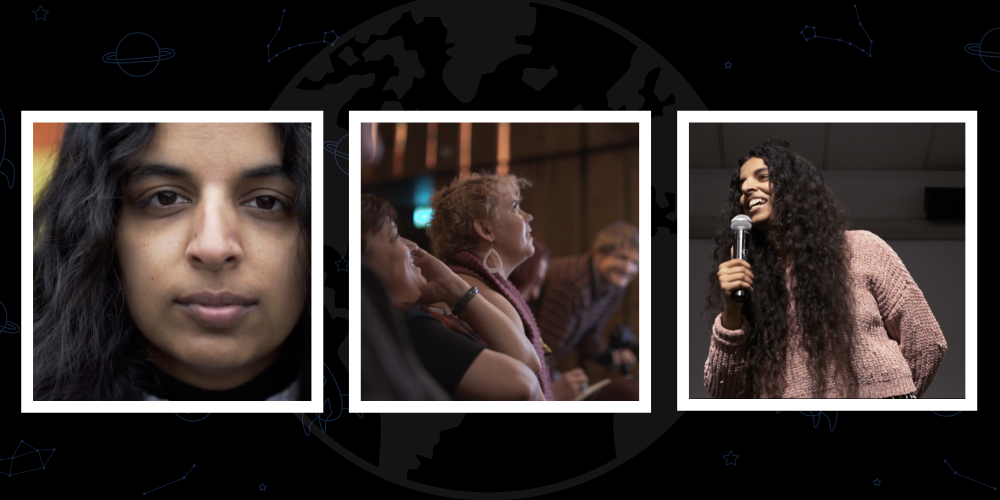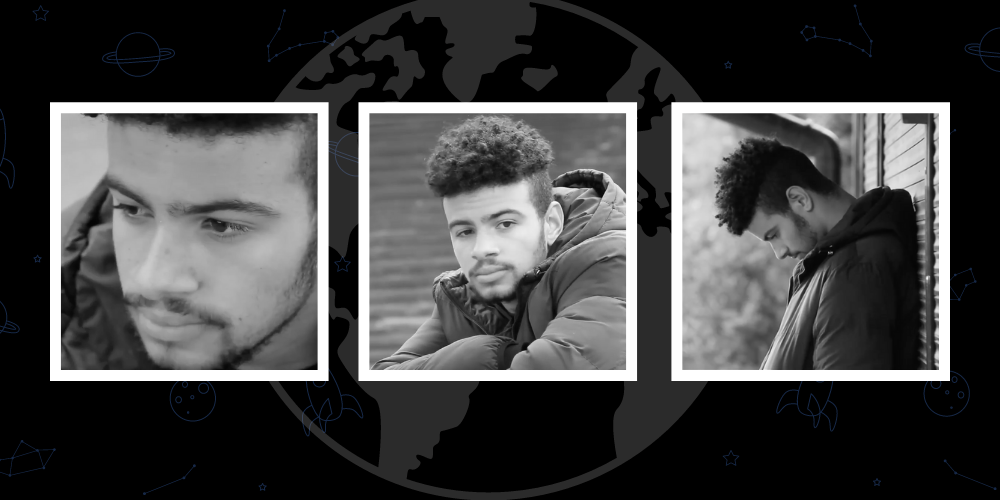This month, audiences can screen Jim Tharp’s Fanihi: A Cultural Digest, on the Planet Classroom Network. This film was curated by Planet Classroom.
Fanihi: A Cultural Digest is a short documentary from Director Jim Tharp exploring the Chamorro people’s struggle with societal heritage and commercialization of the Mariana Islands’ native fruit bat, the Fanihi.
Rota is home to one of the last surviving populations of the fruit bat where its fate is largely in question. The cultural practices and traditions of the Chamorro people clash with the arrival of poachers that have been destroying the bat population. This powerful short presents the native’s argument for the future of the animal and local traditions.
The Global Search for Education is pleased to welcome Director Jim Tharp.
What drew you to create a film on this fascinating topic?
Before transitioning to pursuing my passions in the media industry and as a documentary filmmaker, I worked as an ecologist and field researcher. In this previous life, I collaborated with a biologist named Julia Boland on several different projects studying bats. I maintained contact with Julia and was aware that she was the resident Chiropterologist on the Island of Rota in the Commonwealth of the Northern Mariana Islands. While incubating a number of different project ideas during this time in my career, I started looking into the situation of the Mariana Fruit bat, especially since I might have contacts and resources in that remote part of the world. As I learned more about the dynamic ecological, cultural and sociological complexities of the conflict surrounding Rota’s indigenous Chamorro population, the colonial wildlife managers, and the fanihi, I knew there was an important narrative to tell, and one that could actually impact the future of the species in the CNMI and the relationships of the various stakeholders on the island. This is one of the more difficult projects that I have taken on in my career but one of the most rewarding as well.
What was it like interviewing all those who participated in your film?
It was exceedingly difficult to gain trust and traction in identifying the main characters and persuading them to participate in this film. The conflict over the bats is polarized and fraught. Rota is a very small community and participants potentially had a lot to lose by agreeing to share their opinions and experiences in a film about controversial topics.
None of the main characters that I had originally identified and was confident that I would be able to interview and film during the research and preproduction of the project agreed to participate during my entire month of filming on Rota. At one point I even started recording a reflexive storyline about my personal ongoing struggles and failures to gain traction on the project because most of my original plans were all falling through.
Thankfully, I was able to secure crucial sequences and interviews in the final days of my stay on Rota, but even after I left the island and started working on the edit, I was not entirely confident I had a viable piece. As it started to come together, I felt so much appreciation for the participants that agreed to share their perspectives and opinions with me as an outsider to the community and I hope that I have done justice to their stories and experiences in the creation of this film.
Did you learn something new about production during the creation process? Did it change your methodology in directing?
The biggest lesson that I learned about producing and directing during my experience on the fanihi project is to approach a documentary effort with as much preparation as possible, but with an openness to accepting the story that actually unfolds to your explorations. I also learned to navigate and accept levels of stress and anxiety that I had not experienced prior to this effort.
In addition to, and preceding my difficulties with the characters and storylines of the film, on my second day on Rota, I actually destroyed my primary HVX200 camera while filming the fruit bats from a cliff above one of their colonies. It was devastating to finish my session of observing and filming the bats from my perch, to take my hand off the camera for a brief moment while reaching to grab my lens cap, then feeling a huge gust of wind and turning back to see that my entire rig was gone. The Taotaomona of Rota had blown my $5,000 camera off of a 400-foot cliff, maybe as a test to my humility and resolve, maybe it wasn’t about me… In any case, that was a major obstacle to navigate.
After recovering my obliterated Panasonic and tripod for the insurance claim, I made the most of the cheap backup handycam that I’d brought as well as my DSLR timelapse rig to get as much b-roll and scenic material during the first half of my month on Rota. The challenges of this project made me learn to meditate and breathe intentionally as I tried to shift my self-doubt and imposter syndrome shame to a daily effort to keep pursuing leads and truth on the island of Rota. There were a lot of early mornings when it was very difficult to keep pushing and get out of bed. I was physically and emotionally exhausted by the end of the effort, but I know that the experience of making this film and trying to capture and reflect the story of the Chamorro and fanihi on Rota made me a stronger storyteller and producer, and I hope it helped promote constructive dialog in the community.
What are some words of advice that you would give to young people starting out on their journey to become movie directors?
Words of advice that I would give to young people starting out on their filmmaking journey include: do your best to believe in yourself and to keep pursuing your passions and vision, but cultivate your team and partners because you need a network and community to be successful as an effective communicator and creator in this industry. I find it difficult to trust and rely on others, and sometimes their honest feedback is difficult to accept, but collaboration is essential to producing high quality, balanced material. I couldn’t have made this film without the contributions of a large number of people, and I will forever be thankful for the honor to engage with the story and community on the Island of Rota and the CNMI.
Thank you Jim.
C. M. Rubin and Jim Tharp
Don’t Miss Jim Tharp’s Fanihi: A Cultural Digest, now streaming on the Planet Classroom Network. This film was curated by Planet Classroom.







Recent Comments